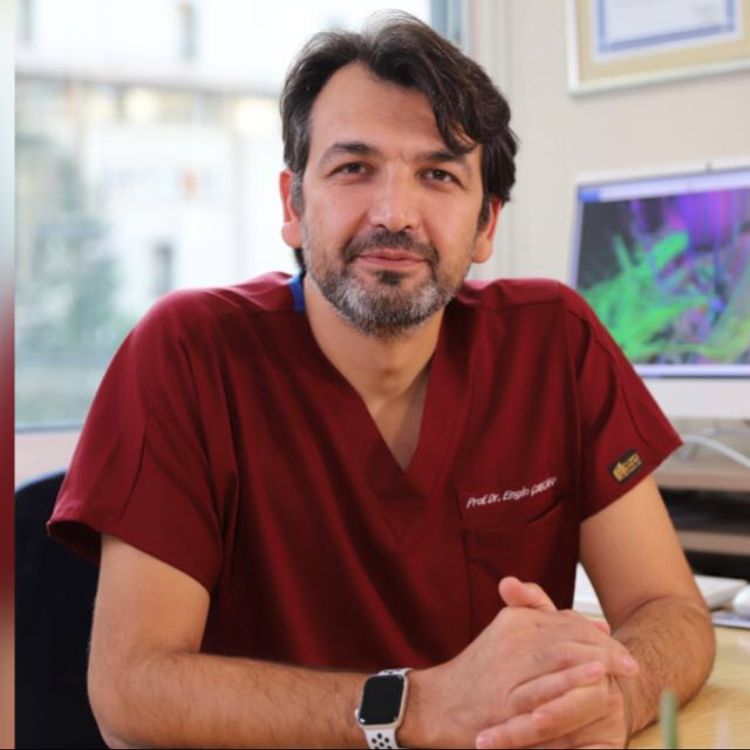Knee disorders and knee ache are among the disorders we encounter frequently. A portion of the knee aches disappears in a short time. But consulting a doctor may become a necessity for the aches that are continuous, deteriorating, limiting daily life, or developed due to trauma.
Leaving out the conditions like sudden trauma or injury, the physiotherapy and rehabilitation department is the department to consult normally.
1. Reasons for Knee Aches
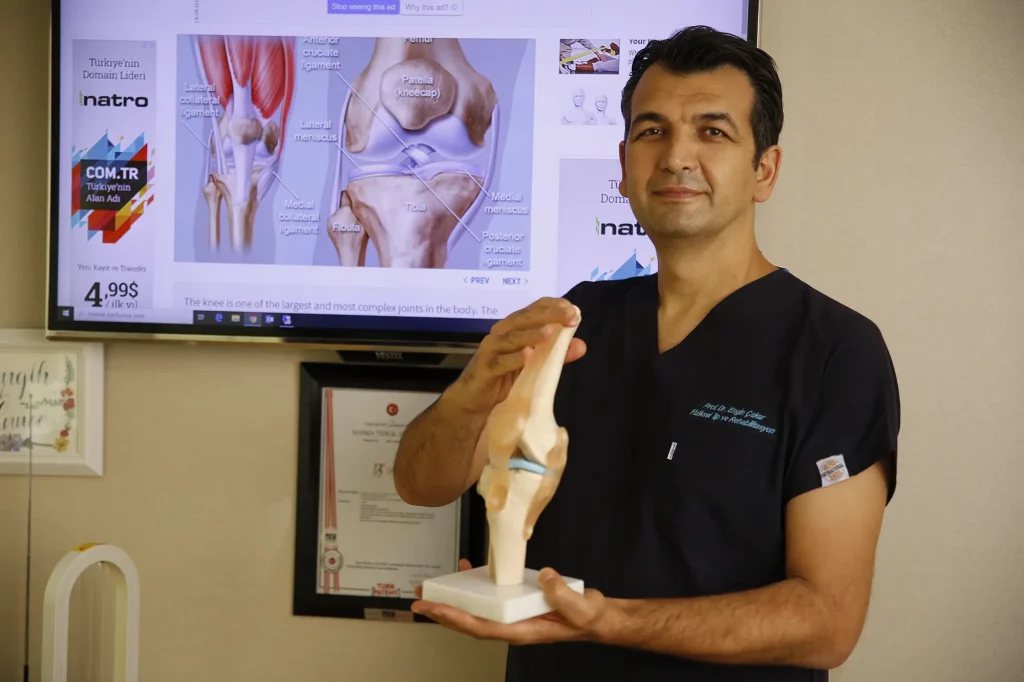
Knee ache can be felt in different locations and in characters depending on the condition or disease that cause the aches.
Knee ache can increase during practice or maybe in a character that starts with morning stiffness and relaxes with motion. Knee ache can be triggered in certain positions. For example going up with a stair, going down from a stair, going down a slope, sitting for a long time, in a position where knees are bent, etc.
Knee aches can be felt in different locations of the knee. For example, ache on the front part of the knee, ache on the interior of the knee, ache on the side of the knee, ache on the back of the knee cap.
- The most common reasons for knee aches in youngsters are: meniscus ruptures, ligament injuries (anterior cruciate ligament injury, medial and fibular collateral ligament), and gristle damages.
- Most common reasons for knee aches in the adults and elderly: Disorders that deform joint gristle (osteoarthritis)
- Additionally, diseases in every age group due to inflammatory joint rheumatism (rheumatoid arthritis, reactive arthritis, ankylosing spondylitis) can be observed.
2. Knee Osteoarthritis
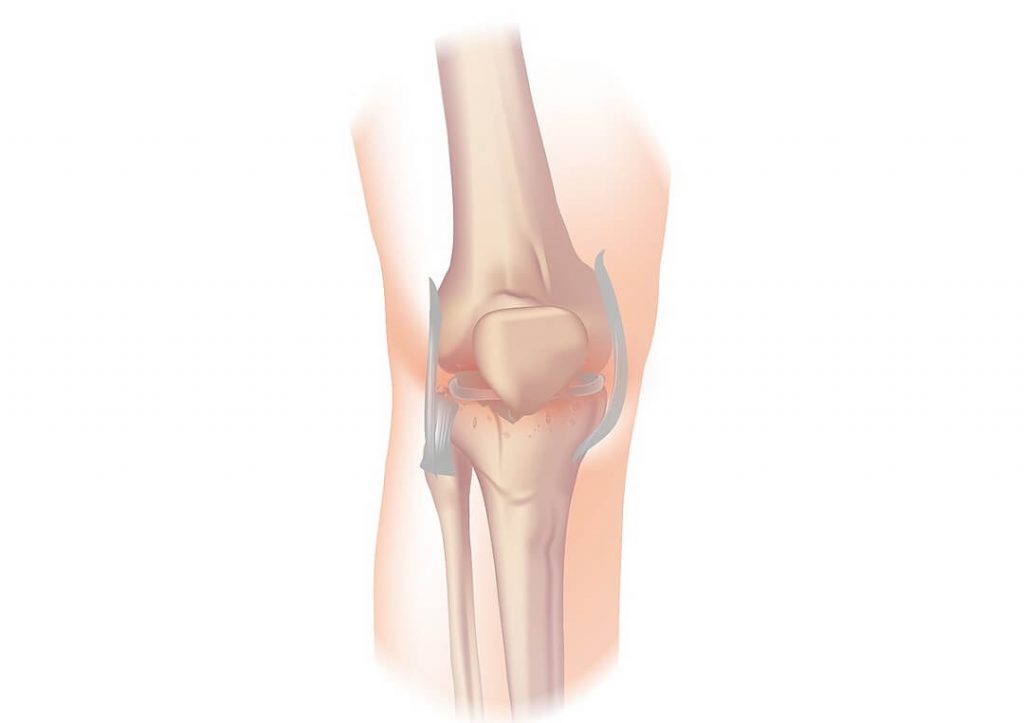
Knee Osteoarthritis (OA), is the primary reason for joint aches, especially in the elderly. The knee joint is among the joints that are affected most by osteoarthritis.
Symptoms of Knee Osteoarthritis:
- Ache on the knee after long walks
- Ache and tenderness when pressed on the joint
- Immersion on the knees after a period without movement (not being able to move the knees at the necessary angle)
- Feeling of grinding or friction when moving the knees
Because knee osteoarthritis is a chronic disorder aches can become a part of life. But do not underestimate the newly emerged symptoms. Symptoms like increase in the severity of the ache aches not only after movement but also after resting, waking because of the aches may show that osteoarthritis has risen.
6 Suggestions to prevent knee osteoarthritis:
- Avoid actions like squatting or going up from stairs which are compelling for the joint
- Prefer sports that less overloading the knees like swimming instead of sports like running which overloads the knee.
- Do not neglect warming up before exercising and cooling down after the exercise.
- Strengthen your knees by strengthening the muscles that support the knee joint.
- Be sure that your ankles and hip joints are healthy.
- Lose your surplus weight.
3. Knee Osteoarthritis Treatment without Surgery
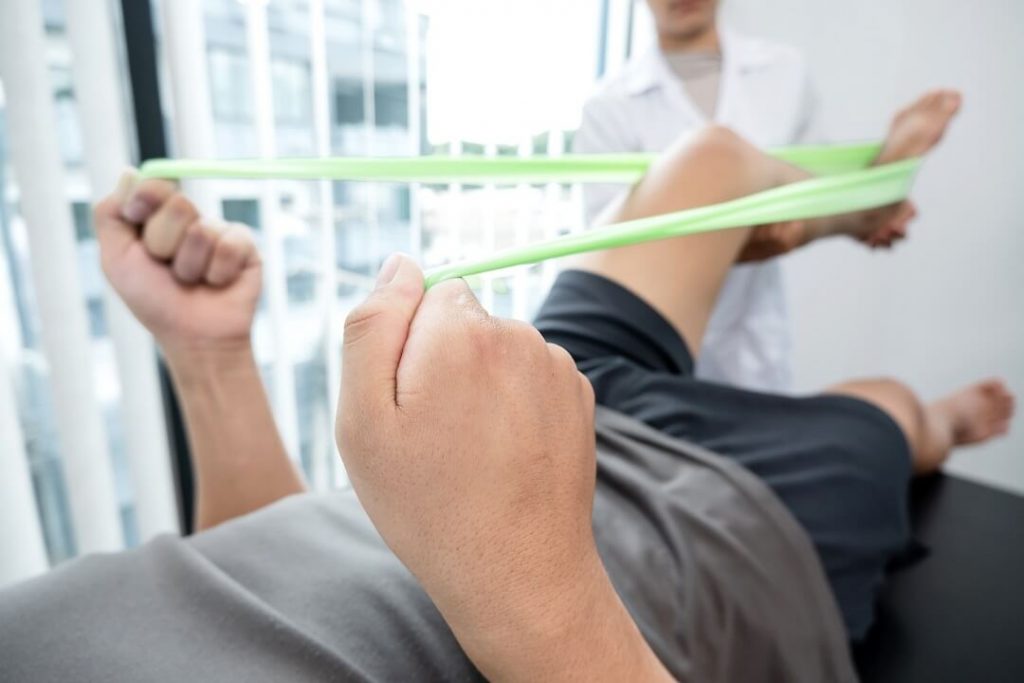
Knee osteoarthritis treatment without surgery is possible and for the best results using methods the way they will support each other is necessary. Results of knee osteoarthritis treatment without surgery are
- Joint aches may decrease, stiffness may be gotten rid of.
- Leg muscles can be strengthened, person’s flexibility, agility, and balance can be increased.
- Activities like walking, sitting, and standing up can be made easier.
Methods of knee osteoarthritis treatment without surgery include individual exercises, hot and cold applications, electrotherapy (TENS, electric stimulation, etc.) ultrasound therapy, taping methods (KT), knee pads, drug treatments, and injections.
Knee Osteoarthritis Treatment with Exercise
The weight that is put on the knee joint is reduced by strengthening especially the muscles that support the knee joint. Muscle imbalances are avoided by the stretching of the muscles on which shortness is observed as a result of evaluations. Besides, water exercises and various aerobic exercises are also used in the treatment of knee osteoarthritis.
Exercises that will be done in the treatment of knee osteoarthritis must be completely special for the person. Your doctor will form the necessary treatment program after he or she hears your complaints. With the exercises you do with your physiotherapist it is possible for you to get rid of your knee aches.
Physiotherapy Practices in the Treatment of Knee Osteoarthritis
Hot and Cold appliances: Generally cold appliance is done in the heating stage when the edema is recognizable. In chronic knee osteoarthritis ache hot appliances are preferred.
Electrotherapy Appliance: Has an important place for knee osteoarthritis treatment. Muscles are stimulated through electrodes that are adhered to the skin. This is called transcutaneous electrical nerve stimulation. With the stimulation of the nerves feeling of ache is reduced. With electrical stimulation that aims to stimulate the muscles, muscle loss can be avoided.
Taping Methods and knee pads: Various taping methods that are supportive of the knee joint can ensure a reduction in the ache and an increase in movements. If your doctor finds it appropriate he can advise you to use knee pads until you get over the aching period.
4. Drug Treatment and Injections for Knee Osteoarthritis Treatment
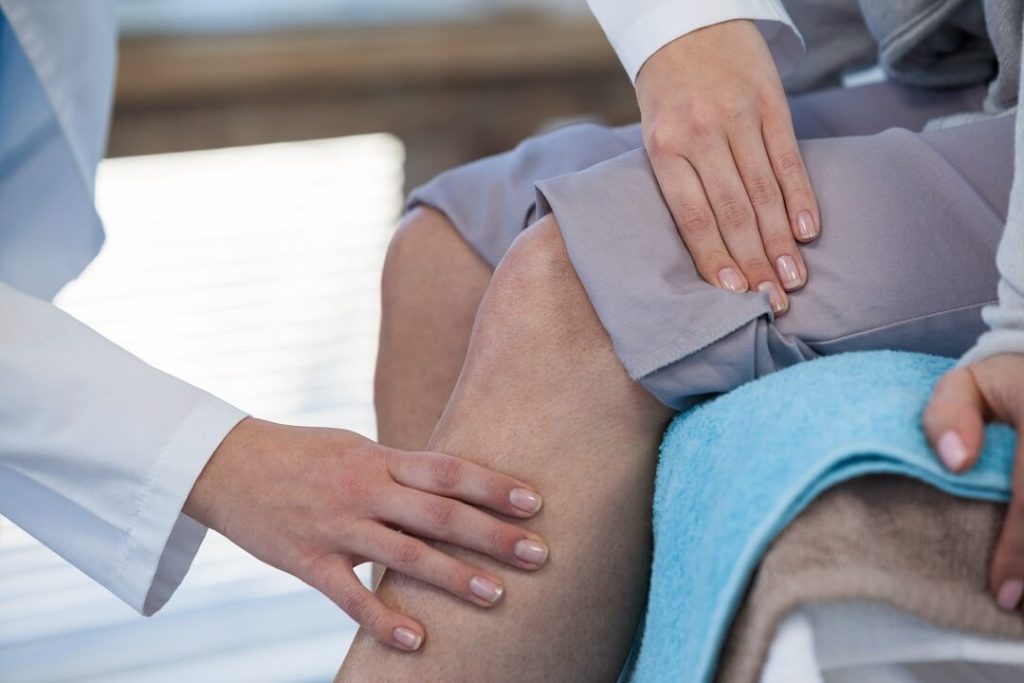
In the treatment of knee osteoarthritis various painkillers, glucosamine preparates and herbal supplements can be used.
Hyaluronic Acid Treatment in Knee Osteoarthritis: In healthy joints, a lubricant substance called synovial fluid exists. Thus the sliding of the bones above each other is ensured. Synovial fluid at the same time has shock absorbent characteristic. For people who have knee osteoarthritis the molecule called Hyaluronic acid which ensures the correct functioning of the synovial fluid loses its functionality, synovial fluid gets thinner, loses its consistency. Loss of hyaluronic acid increases joint ache and stiffness. In order to increase the joint fluid, make joint movements easy and ease the pain hyaluronic acid is done into the knee as an injection.
Corticosteroid Needles: Corticosteroids commonly known shortly as cortisone are drugs that have strong anti-inflammatory. In inflammatory conditions that happen in the musculoskeletal system structures like joints, tendons, bursa, the injection of corticosteroid drugs with needles ensures a fast recovery. During knee osteoarthritis heating periods corticosteroid needles can be used to suppress the complaints.
PRP Treatment in Knee Osteoarthritis: PRP treatment is used in the healing of various joint injuries, osteoarthritis, ligament and tendon injuries, and the healing of gristle damage. Generally, it is preferred for chronic problems that recovery can’t be ensured with physiotherapy methods.
Stem Cell Therapy in Knee Osteoarthritis: Stem cell therapy in the knee is a new and popular treatment for many knee disorders like meniscus damage, and ligament uneasiness. It is a safe method generally for patients who failed the methods like drugs, exercise, weight loss, physiotherapy and do not want surgery or do not fit for surgery.

